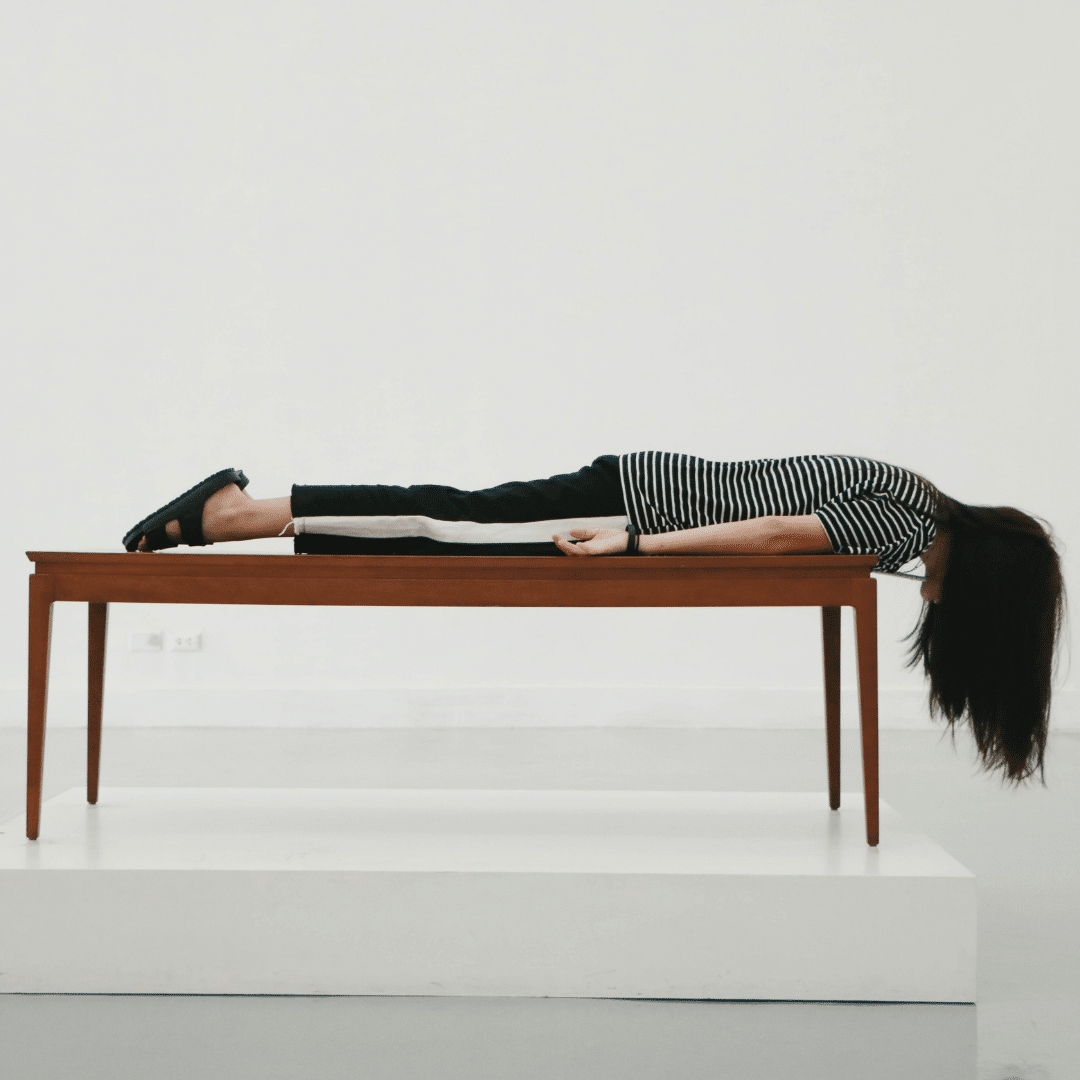
Katy’s passion is working with people who want to cultivate a deeper connection within and to their bodies.
This can be at any stage of life, and is particularly useful when preparing for and experiencing all the physical and emotional changes that fertility, pregnancy, new parenthood (and other life-changing times such as peri-menopause and menopause) bring the body and mind.


Why are we offering this new modality?
In early 2020 we were aching for something that would not only help us navigate our own emotional integration through the ever changing terrain of COVID, to keep us moving through Melbourne lockdowns and also to bring us joy.
Katy came to our rescue and AbunDance was birthed – a weekly online facilitated dance and movement group session that helped all of those in attendance move through their emotional landscapes and find connection and uplift too.
When the AbunDance series finished, we continued to have private sessions with Katy, focusing on feminine embodiment practices along with emotional processing. We did solo as well as couple’s consults, which offered a layer of deep connection as we rolled the shapes of our bodies through time and space together.

Book for Telehealth/Zoom sessions with Katy on:
About Katy
Katy Woods is passionate about offering practices that nurture your connection to yourself and your surroundings. She works with a movement-based approach to investigate issues related to your body, your emotions, and how your relationships to self and others are formed from that. Her coaching uses guided improvisations, rich imaginings and meditations, authentic movement discovery, and body science to give you long term-tools to become stronger, more confident, and help you refine a deep understanding of self.
Katy is like an old friend, welcoming, insightful, and attentive. She is currently running free toe-dipping 10 minute consults to help you get a sense of what this new connective practice could be like for you.
Read more about Katy in her practitioner bio and book in to get started with a new practice of self care and connection.
We look forward to seeing you at the practice soon,
About Katy
Movement & Embodied Dance Coach







